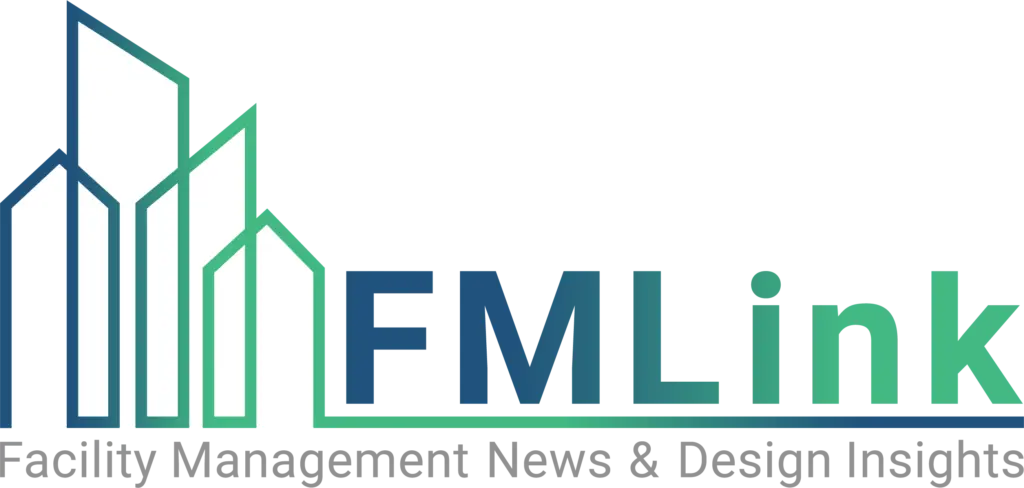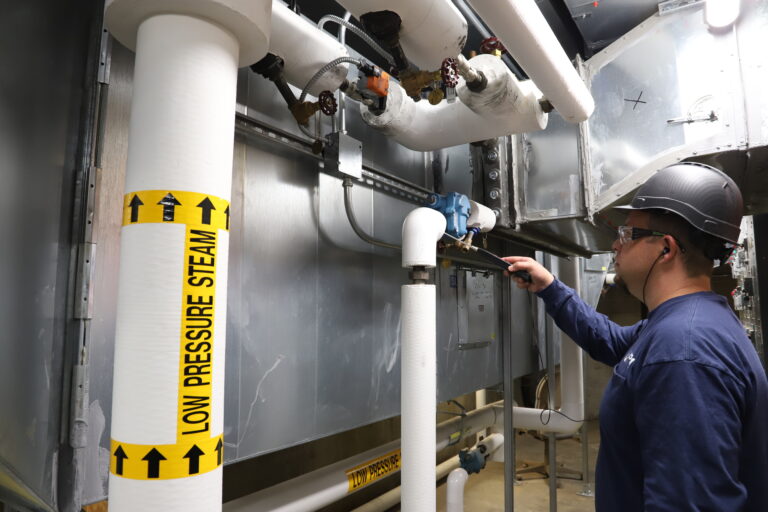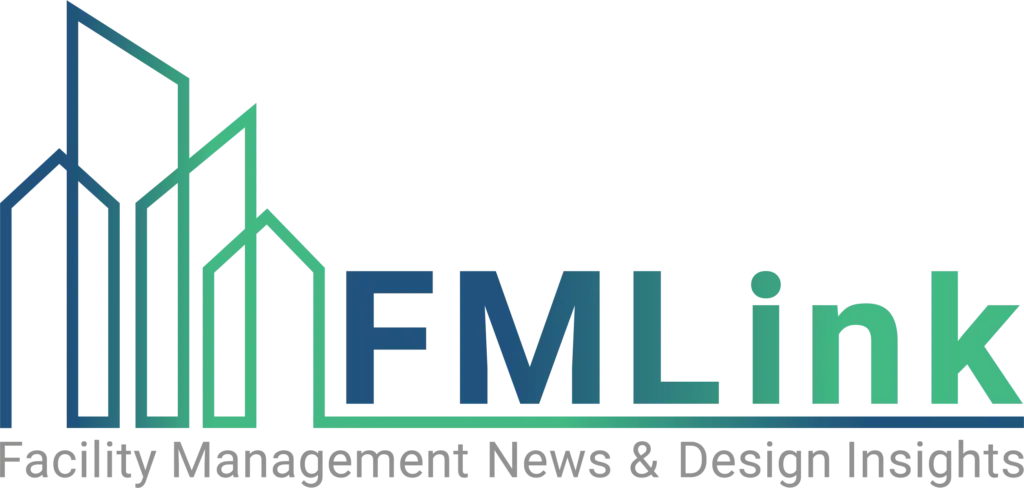
November 14, 2025 — Most facilities track energy use, water efficiency, and maintenance costs down to the decimal, but cleaning rarely receives the same scrutiny.
However, the everyday chemicals used in facilities determine far more than appearances. They influence how occupants feel, the indoor air quality (IAQ), asset performance, and whether buildings meet environmental standards. But few facility managers have frameworks that can actually prove the ROI or compliance improvements gained from switching to safer, greener products.
This article outlines a practical guide for turning compliance checks into measurable performance systems. It shows facility leaders how to identify hidden risks, measure what matters, and institutionalize auditing practices that turn healthy cleaning into a verifiable ROI driver.
Diagnose the risks
Before facility leaders can capture ROI, they have to know where performance is leaking. Audits begin by clarifying what’s at risk: occupant health, asset degradation, regulatory exposure, and environmental damage.
Most people assume workplace illness spreads person-to-person, but sometimes the building is to blame. “Sick building syndrome,” as referred to by the U.S. Environmental Protection Agency (EPA), describes when employees feel ill after being within particular buildings, without an obvious reason. Bad ventilation, leftover chemicals from cleaners or furniture, and mold are thought to be some of the causes.
Volatile organic compounds (VOCs) are emitted by lots of cleaning products and these circulate through HVAC systems, causing headaches, fatigue, and respiratory irritation. These then undermine productivity and occupant satisfaction, increasing absenteeism and presenteeism.
A 2021 Harvard study found that increased fine particulate matter and poor ventilation were directly associated with acute reductions in cognitive performance, even among younger adults — confirming that poor IAQ undermines productivity far more than previously understood.
The EPA also identifies “housekeeping practices” and “cleaning materials and activities” as major contributors to office air pollution, with around 400,000 people injured by cleaning chemicals every year.
Poor cleaning chemistry doesn’t just affect people. Some of the harsher formulations eat away at surfaces or HVAC components, shortening their lifespan, while ventilation systems working overtime to clear those fumes drive up energy use. Put together, these issues don’t just raise costs — they also push a facility closer to falling short of EPA, OSHA, or WELL standards.
What to measure and why
A thorough audit must review compliance, safety, maintenance, and operational efficiency. It starts with confirming that legal and environmental requirements are actually being met, from IAQ and waste management to how products are stored or labeled. And audits must extend beyond paperwork. Safety reviews dig into where staff or occupants might be exposed to chemical or airborne hazards, and maintenance checks look at the state of cleaning tools, HVAC systems, and even forgotten service logs. On the operations side, those findings loop back to cost and energy performance, revealing where cleaning habits are driving up water, chemical, or power use.

Audit results only matter when they lead to action, and that means turning them into data you can keep measuring. Consistently record air-quality readings like PM2.5, VOCs, and CO₂ from existing sensors. Maintenance records should be checked to see how often equipment needs servicing, while waste data, measured in tonnage or disposal costs per square foot, shows where cleaning routines might be generating extra material or expense. Quick feedback from occupants, like how the air feels, also adds useful context. Pulling this information together, routine cleaning data becomes performance insight, linking everyday operations to real financial, operational, and ESG results.
From these measurements, three ROIs emerge:
- Human performance ROI reflects lower absenteeism/presenteeism and higher satisfaction as air quality and comfort improve.
- Asset ROI tracks building materials’ longevity, as gentler products mean less wear and less corrosion.
- ESG and compliance ROI measures reduction in waste, emissions, and risk exposure, thus strengthening sustainability ratings and ensuring alignment with EPA, OSHA, and WELL standards.
When audits are grounded in measurable evidence, cleaning becomes more than a maintenance task; it becomes a strategic performance driver.
Institutionalize the audit
Some of the most common reasons audits fail include a lack of essential documentation, like safety data sheets and documented protocols; not following disposal instructions; using expired products; and not having on-site directions for use. But these often stem from treating cleaning audits as paperwork instead of as part of a continuous health and performance strategy. Simply, audits lose value when they’re treated as one-off exercises.
To make them part of daily operations, facility managers need systems that embed accountability, automate data capture, and translate results into action.
- Baseline: Start by cataloging all cleaning products, storage locations, dilution systems, and ventilation loads. Document what’s in use, particularly high-VOC products, where it’s applied, how it performs, and the cost. This data becomes the reference point and gives a clear picture of chemical exposure, equipment life cycles, and baseline IAQ.
- Benchmark against standards: Compare IAQ data, VOC levels, energy use and waste outputs with EPA, WELL, and ISO 14001 criteria. Establishing benchmarks makes sure cleaning practices meet regulatory and ESG expectations.
- Automate: Integrate IAQ sensors and product-dispensing monitors into digital dashboards that log real-time chemical use and energy load. Automation reduces manual error and workload, giving leadership visibility into live performance.
- Iteration: Use quarterly reviews to evaluate suppliers, discontinue products with high toxicity or poor biodegradability, and train cleaning staff on new protocols. This ensures that process improvements support health outcomes and sustainability goals.
- Report and communicate value: Align audit findings with ESG and KPIs. But remember that ROI isn’t only measured in dollars but also in reduced chemical purchases, improved IAQ scores, and lower absenteeism. When audits demonstrate measurable impact, they shift from being a cost of doing business to a strategic advantage.
Regular audits turn cleaning from a passive activity into something you actually track. By seeing what’s working, where risks are creeping in, and whether you’re compliant, facility managers can track where money’s being wasted or saved.
Cleaning must not be solely judged on appearances but by outcomes. Facility managers who track and verify the performance of their cleaning outcomes will see the best returns in occupant health, compliance, and cost control. This looks like fewer OSHA incidents, lower absenteeism, and reduced regulatory risk. Better air quality and safer products extend asset life and prevent costly HVAC and surface replacements, cutting capital expenditure over time. A structured audit system compliance into quantifiable savings — proving that clean, healthy buildings don’t just meet standards; they outperform them.





